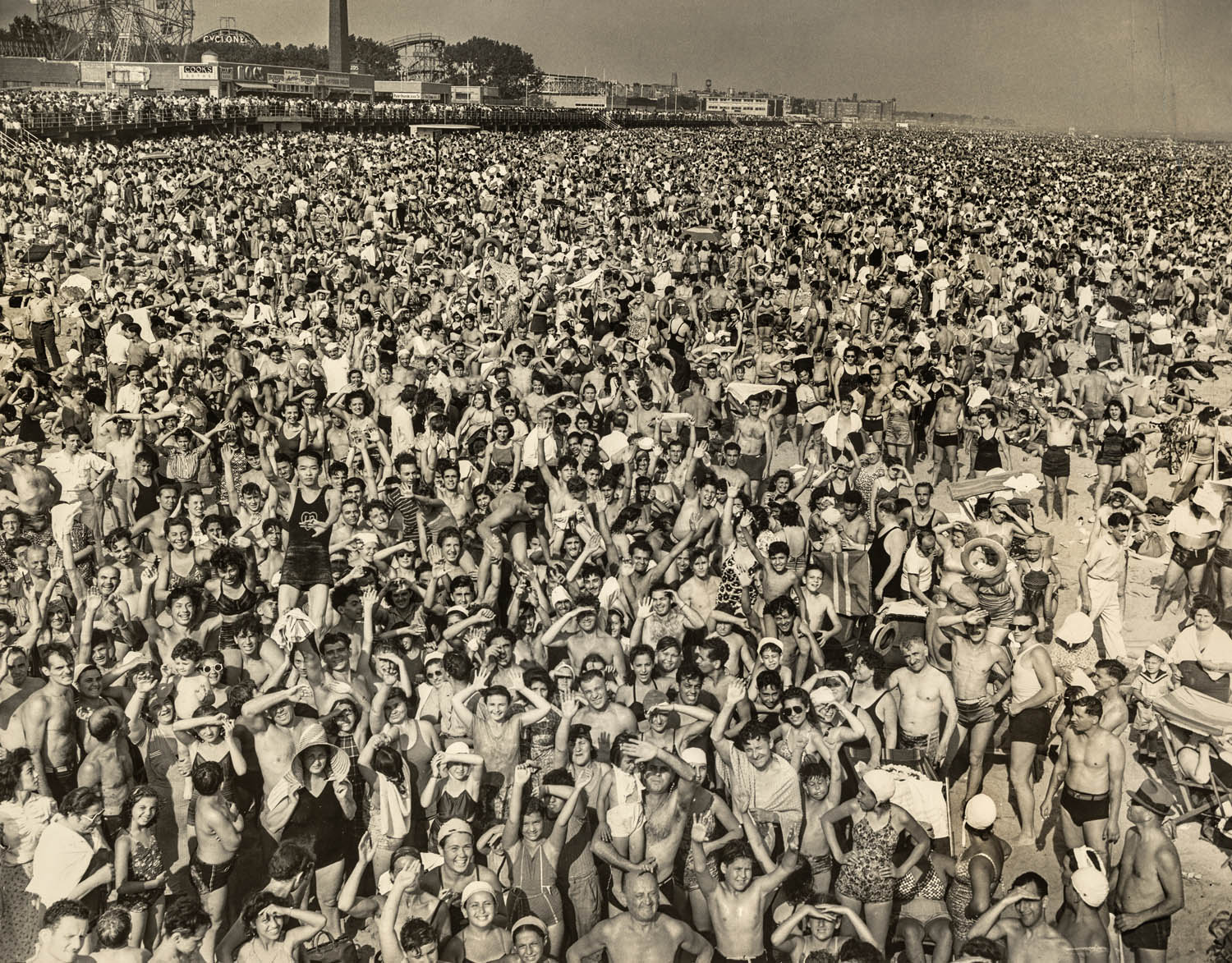
Weegee: The Overlooked Visionary Behind Pop Art’s Emergence

Weegee: The Eye of the Spectacle and the Proto-Pop Provocateur
Few photographers have managed to blur the lines between art, media, and myth as completely as Weegee. Born Arthur Fellig in 1899 in what is now Ukraine, Weegee built not just a celebrated body of photographic work but also an unforgettable persona. With his signature style — stark, high-contrast images of New York’s late-night drama — Weegee carved his niche as the original paparazzo of pulpy noir and lived as his own urban legend.
An exhibition at the International Center of Photography (ICP) titled Weegee: Society of the Spectacle revisits this larger-than-life figure and traces his evolution from raw street documentarian to self-branded celebrity and proto-Pop artist. The show reassesses both his visual language and his enduring impact on the culture of image-making.
The Nightcrawler of New York
Weegee’s early career was emblematic of the gritty realism of 1930s and 1940s New York journalism. Working as a freelance photojournalist, he covered the crime beat like no one else, arriving at murder scenes and fires so quickly he was thought to be clairvoyant. (“Weegee” is a phonetic play on the “Ouija” board, a nod to his almost supernatural timing.)
He converted the trunk of his car — which functioned as his home base — into a mobile darkroom and patrolled the city at night, ready to snap photos of crime victims, police investigations, and the city’s underbelly. A three-alarm fire meant a bigger payday; thus, he chased tragedy with startling gusto.
But beyond the sensationalism, Weegee revealed something more elemental about urban life. His photographs captured raw moments of sorrow, curiosity, and morbid fascination — emotions that echoed from one decade to another in America’s collective psyche.
Cultivating the Persona: “Weegee the Famous”
Weegee’s rise coincided with an era when journalism and mass media were developing new visual languages. Even as artists like Walker Evans and Dorothea Lange were promoting humanist documentary photography, Weegee found fame through sensationalism, making the grotesque spectacular.
What made Weegee remarkable wasn’t strictly the content of his images, but the self-aware way in which he embedded himself into the stories he captured. He titled one compilation of his work Naked City (1945) — invoking the notion of a modern metropolis stripped bare of pretense. But he didn’t just publish photographs; he authored his myth.
He dubbed himself “Weegee the Famous,” appeared on talk shows, and eventually relocated to Hollywood, attracting the film industry’s attention and even exploring distorted portraiture and satire that anticipated later stylistic tendencies in Pop Art.
From Realism to the Absurd: Weegee’s Artistic Evolution
Though long celebrated for his documentary work, Weegee’s later years remain contentious among critics. With his move to Hollywood in the 1950s, the photographer began creating distorted images of celebrities using experimental lenses, producing what he called “Liquid Portraits.” These images gleefully warped recognizable icons like Marilyn Monroe, the Mona Lisa, and Jackie Kennedy — playing at the intersection of fame, parody, and grotesquery.
Critics sometimes dismissed these works as kitsch or as a decline in artistic seriousness. But the ICP exhibition argues otherwise. Seen through the lens of later art movements, these warped portraits and staged photos align revealingly with the aesthetics of Pop Art.
Weegee and the Pop Art Paradox
When Andy Warhol began painting Campbell’s soup cans and mugshots of criminals in the 1960s, he was tapping into a cultural moment that Weegee had presaged: the commodification of horror, iconography of death, and fascination with celebrity. Consider Warhol’s 13 Most Wanted Men or his Death and Disaster series: they resemble Weegee’s own black-and-white glimpses into society’s underbelly, albeit with a more formalized detachment.
Weegee’s satirical works — such as his 1965 photograph “For Senator Andy Warhol” — raise the question: was he a Pop artist before the term existed? While he never enjoyed the white-cube art world acceptance of Warhol or Lichtenstein, the ICP exhibition suggests that Weegee’s combination of mass media aesthetics, ironic detachment, and theatrical self-presentation laid foundational ideas for Pop’s inversion of high and low culture.
Conclusion: Weegee’s Legacy Beyond the Flashbulb
Weegee defies easy categorization. He was part street photographer, part performance artist, and part culture critic — a lensman both observing and shaping the spectacle. While his oeuvre began in smoky alleyways and ended surrounded by starlight and distortion lenses, one through line remains: his fascination with our consumption of visual drama.